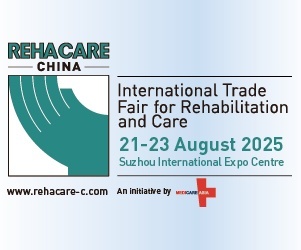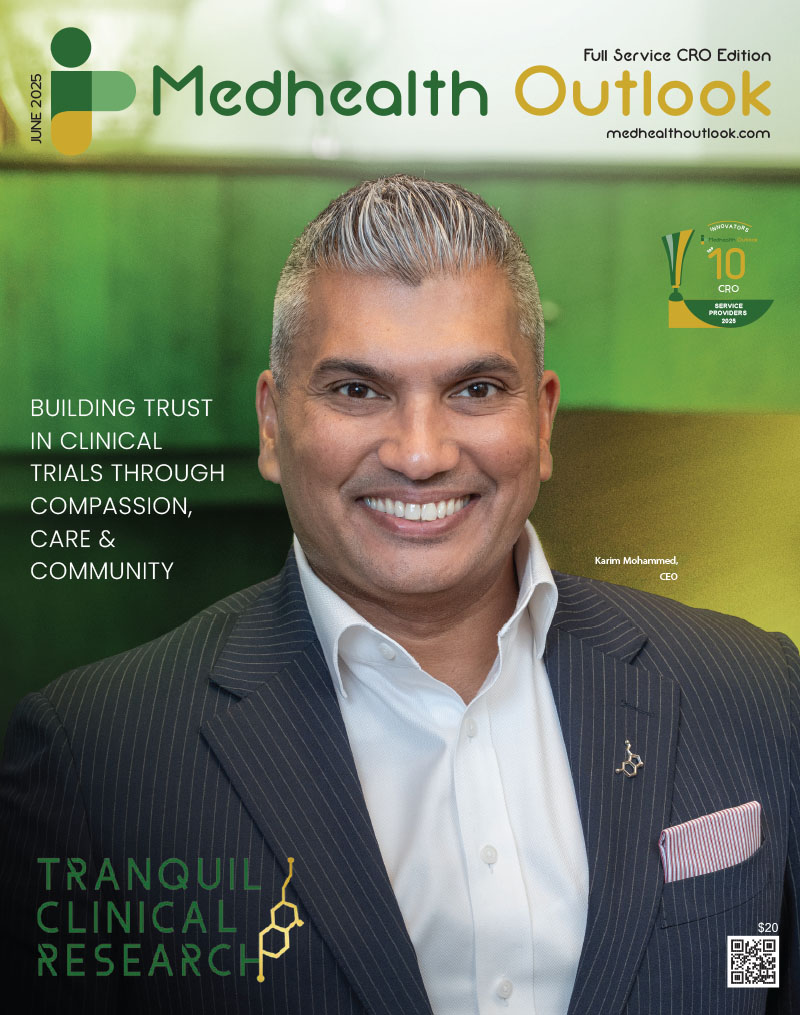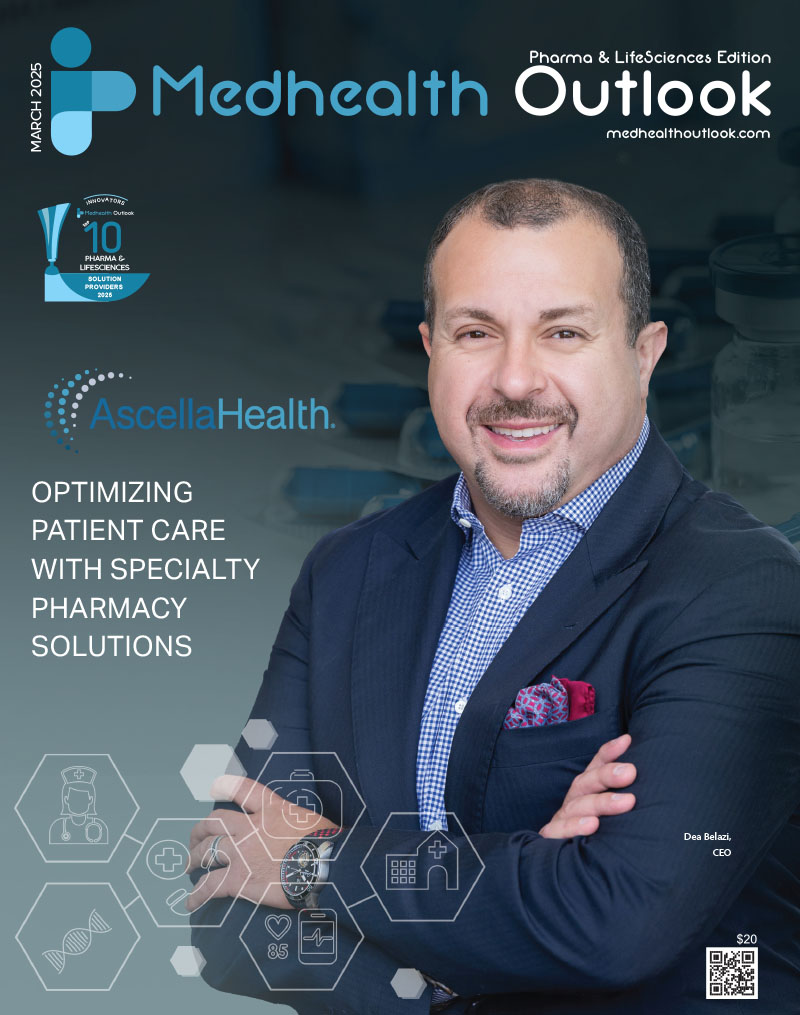Patient engagement begins and ends with strong relationships established at the research site level. Sites and theirteams work to find, secure and treat the patients that participate in our clinical research studies. These relationships are built on trust and are founded in the sites’ ability to focus on these interactions, so effective patient engagement should begin with meeting the needs of sites. Based on data from the 2020 Society for Clinical Research Sites (SCRS) Site Landscape Survey, conducted annually to assess and benchmark the health of the clinical research site community, we can begin to learn where the industry can further support sites and the patients they treat.
Sites and patients often have important questions about the trial and its conduct. According to a 2017 CISCRP Perceptions & Insights Study and JAMA Network Open, 40% of patients stated that receiving educational information about the study they are participating in is important and access to new disease information is a motivating factor for their participation. However,site feedback from the 2020 Landscape Survey reported that 53% of CRAs “sometimes” and 14% “rarely” have adequate knowledge of the study. While they are often told that an unknown answer will be supplied to them post-visit, only 7% “always” get back to them, while 41% reported “often” or “sometimes” receiving response. We again harken to the fact that these questions and conversations are critically important to continuous and adequate patient care. When sites don’t get the answers they need, it makes providing that care and the answers patients expect extremely difficult.
Another key section of the Landscape Survey data reports on clinical research technology. Technology often has direct patient engagement applications that make it easier to keep patients engaged throughout the trial process, but it’s important to consider how sites will manage these new technologies. Many sites – 42% of respondents – indicated that eConsent is the next technology they are looking to implement with a close second being eSource solutions. Both technologies have obvious direct patient engagement opportunities, so it is important to consider the implications these technologies continue to have on our sites and patients and ensure sites are set up for success as they implement and manage them.
Sites were also asked about their expected and experienced challenges with decentralized trial participation. The top answers for expectations were having enough resources to implement the decentralized trial from a staffing and financial standpoint. However, those that managed decentralized trials reported financial concerns as the primary challenge followed by supporting all of the disparate technologies that are required. This feedback is also anecdotally reported by sites as a major concern when it comes to patient engagement as they worry that multiple systems and technologies will not allow them the time and resources to provide the necessary support to their patients.
Financial health is critical to the sustainability of sites and roughly 83% of sites prefer monthly payment schedules, yet approximately 60% of contracts pay monthly. While 71% of sites typically attempt to negotiate better terms, they claim they are only successful “always” or “most of the time” a combined 65%. Imagine you were paid on a quarterly basis – it would be difficult to pay your monthly expenses. This financial data also shows us that 53% of sites have less than 3 months operating cash, again enforcing the notion that quarterly payments make the sites ability to focus wholly on patient engagement difficult.
84% of sites cited a suspension of trial activity over the course of late 2019 and early 2020 as the reason for a decrease in operating capital and a strain on the relationships they develop with patients or industry partners. Similar reasons such as remote monitoring increasing are also noted as being the primary drivers for a decrease in profits, yet an increase in workload at the site level.
Relationships constitute another major portion of the Landscape Survey with a strong focus on communication. We ask sites, who are often engaging with patients related to study award or potential pre-selection, how often they hear back about trial award decision. Most sites – over 60% in fact – sometimes, seldom, or never hear back about a trial they submitted Feasibility or performed a Site Qualification Visit for. Meanwhile, they are trying to resource the work they do have and have necessary conversations with patients about trial participation. Not knowing with certainty what work will be coming makes these decisions and conversations difficult.
Many organizations are already prioritizing patient feedback as they design new clinical trial technology. But as this data shows, there is tremendous opportunity for industry partners to strengthen the relationship they have with sites as well.Ultimately, stronger communication and relationships with sites will allow them to do what they do best – treat patients and assure they have a positive experience. The relationships of trust that is built between the site and the patient is irreplaceable, so adjusting practices to enable site sustainability is critical to ensuring patient engagement.



















